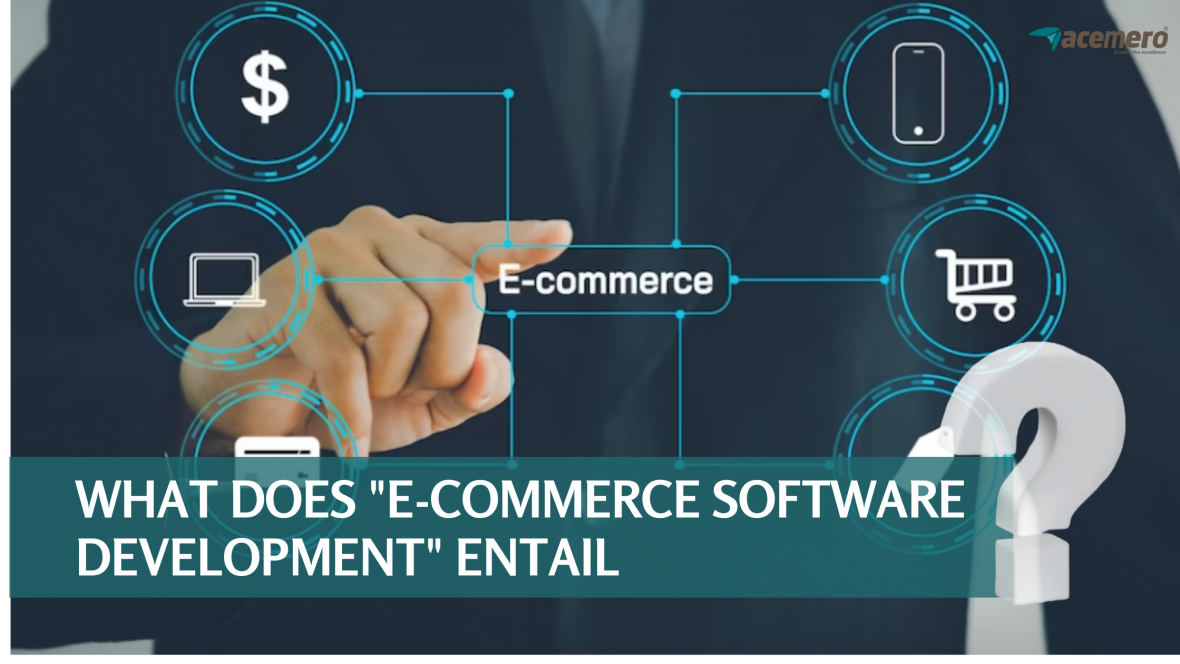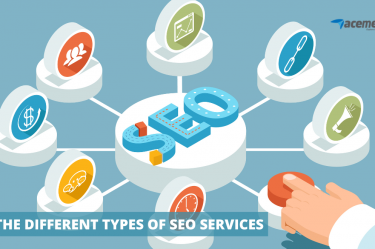The odds are strong that you’ve already looked into the numerous retail E-Commerce software development solutions available today if you intend to launch an e-commerce website or online shop.
Although some of these options may be too expensive, others could not provide all the capabilities you need for your store.
This comprehensive guide to E-Commerce software development will teach you everything you need to know, from what features to look for when comparing options to how much it will cost to design software from scratch.
E-Commerce Software Development
Since its introduction as a buzzword in 1972, the phrase eCommerce has progressively grown in prominence. Today, it broadly encompasses online buying and selling, from digital services to physical products.
Custom eCommerce websites are not subject to any strict regulations. If you’re considering eCommerce, be aware of current key trends.
Although there are many ways to make money online, selling tangible products and digital downloads are two of the most prevalent. By affiliate marketing products, which reward you with a commission for each sale you make for them, you can potentially generate a sizable profit from your website.
You might also look at some of these online company ideas if you want to begin your own online venture.
Major eCommerce Business Models or Types of eCommerce Businesses:
Business-to-business (B2B):
Business-to-business eCommerce, or B2B eCommerce, is a subset of eCommerce in which a company sells products and services directly to other businesses. For instance, if you run a store that sells only a specific brand of phone accessories, your clients won’t be end users but rather other businesses.
B2B eCommerce enables companies to collaborate on projects and develop consistent consumer experiences across various channels, in addition to assisting them in managing their supply chains and entering new markets.
Consumer-To-Consumer(C2C):
C2C businesses only operate online and enable people to trade things with one another. C2C eCommerce businesses include eBay, Etsy, and Craigslist. Individual entrepreneurs and small enterprises might benefit greatly from trading on a C2C platform to gain exposure.
Since many of these websites already have user bases, you can more simply reach an audience without investing in marketing. However, there are drawbacks as well, such as low profit margins brought on by using numerous middlemen to connect with clients.
Consumer-To-Business(C2B):
A few well-known C2B service providers are Yelp and TripAdvisor. They market to other businesses the volume of personal data they have collected in order to target advertising clients. To thrive in this massive industry, companies need advanced eCommerce software for handling large transactions and databases.
Consumer-To-Administration(C2A):
This entails commercial interactions between local residents or the wider public and governmental organizations. Health services and distant learning from government agencies are typical examples of C2A.
Business-To-Administration(B2A):
This concerns interactions between businesses and the government. Products and services can be delivered in a variety of ways, including through logistics, information technology, transportation, and financing.
With B2A eCommerce, companies can bypass standard retailer or reseller processes and make purchases directly from their supplier(s) instead. This eliminates intermediaries like wholesalers or retailers, giving firms more choices in their purchases.
Business-To-Consumer(B2C):
One business offers its goods directly to customers in a B2C business. Customers who buy phone accessories from your internet store will be end users rather than other companies.
Although some businesses sell to both businesses and consumers, most concentrate on one or the other. A custom eCommerce website may also sell a variety of goods under many brands made by various producers. As an illustration, this might enable your store to offer Kindle covers from Amazon and iPad cases from Apple.
Conclusion:
The goal of eCommerce software development is to expand a store from its inception to the point at which it can support millions of customers making purchases from that single central storefront of millions of distinct products.
A single dashboard for easy access to all inventory, expenses, shipping, and customer support information.
The challenge for any online business is determining the best way to complete each task and making sure that everything is carried out appropriately.




